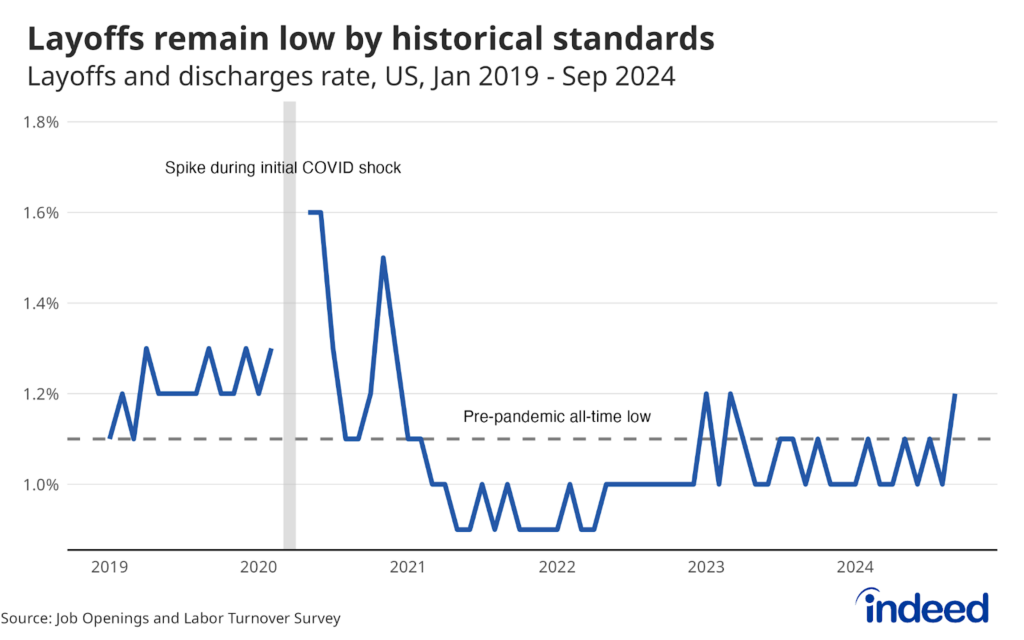The latest Employment Cost Index data suggests that employers feel less need to raise pay to attract and retain workers. Wage and salary growth for private-sector workers fell below 4% year-over-year in the third quarter, the first such reading since June 2021, an unofficial milestone that marks steady progress in easing US inflationary pressures. While wage growth remains above historical levels, the cooling trend over the last few years is clear.
But even as wage growth has slowed, it remains higher than the pace of inflation, giving a meaningful boost to workers’ purchasing power. And pockets of the market remain especially strong — wages for private unionized workers grew at a 6.4% annual pace in Q3 as the raises negotiated by several high-profile unions over the past year took effect. Data from the Indeed Wage Tracker shows that posted wage growth — a more-forward-looking indicator of wages advertised in job postings — has ticked back up slightly in recent months as the labor market continues to display notable resilience. Policymakers at the Federal Reserve are likely to be encouraged by this data as wage growth measures at levels consistent with less inflation.



